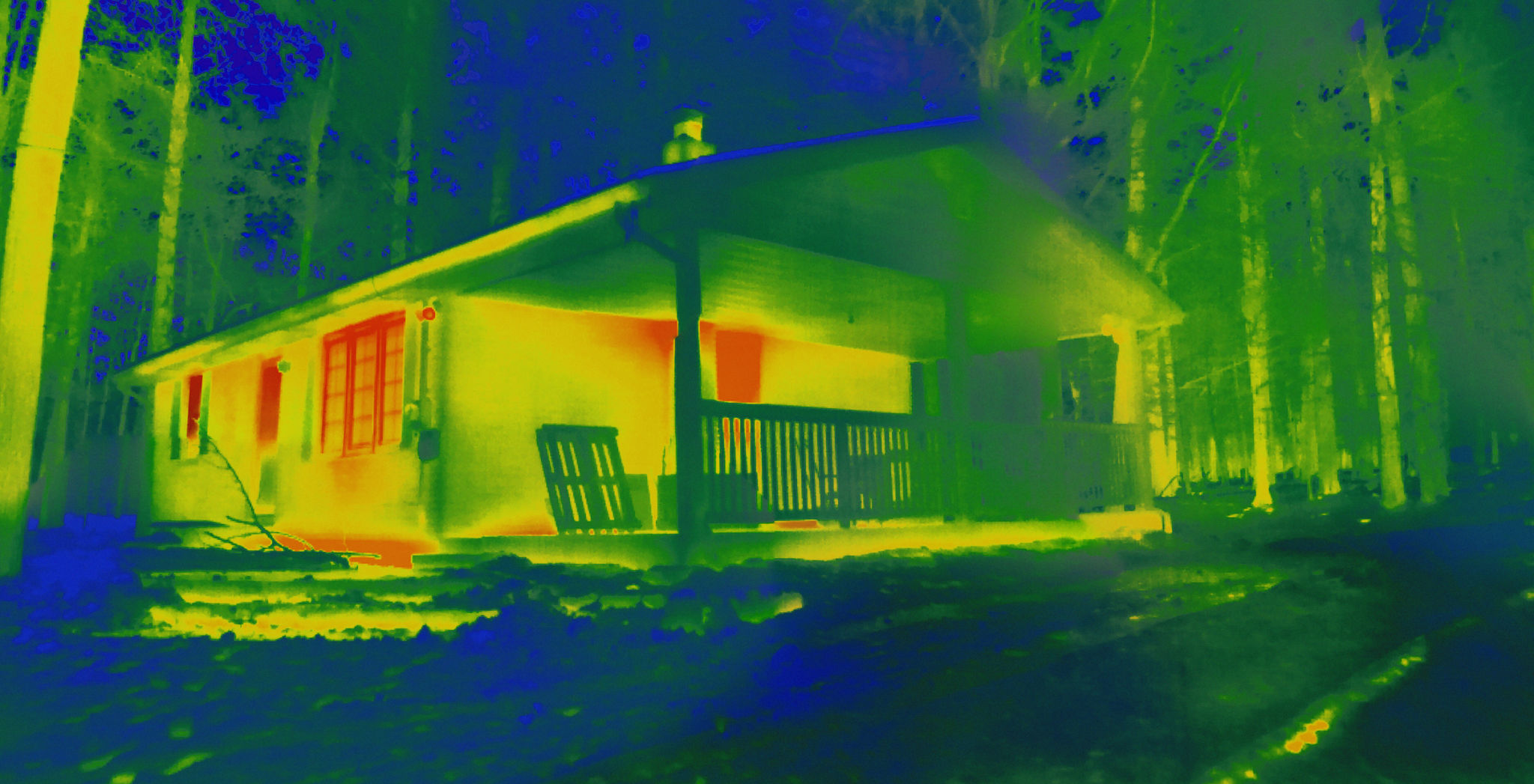DIY Tips: How to Conduct Basic Thermal Inspections on Your Equipment
Understanding Thermal Inspections
Thermal inspections are essential for ensuring the safety and efficiency of your equipment. By identifying overheating components, you can prevent potential failures and costly repairs. Conducting basic thermal inspections yourself can be straightforward with the right knowledge and tools.
In this guide, we'll explore how to perform these inspections, the tools required, and how to interpret the results effectively. This will empower you to maintain your equipment in optimal condition.

Tools You Need
Before conducting a thermal inspection, you'll need a few essential tools:
- Infrared Thermometer: Ideal for spot-checking temperatures.
- Thermal Imaging Camera: Provides a detailed thermal image of the equipment.
- Safety Equipment: Always use protective gear to ensure your safety during inspections.
These tools will help you detect temperature variations and pinpoint potential issues before they become significant problems.
Preparing for the Inspection
Proper preparation is crucial for an effective thermal inspection. Start by ensuring your equipment is operational and running under normal load conditions. This will provide a more accurate thermal profile.
Next, plan your inspection route. Make a list of critical components and areas that require monitoring. This ensures that nothing is overlooked during the process.

Conducting the Inspection
Begin your inspection by using the infrared thermometer to check for any abnormal temperature readings. Focus on connectors, fuses, and electrical components, as these are common points of failure.
With the thermal imaging camera, scan the equipment thoroughly. Look for hot spots, which indicate potential issues such as loose connections or failing components. These areas will appear as warmer colors on the thermal image.
Interpreting the Results
Once you've completed the inspection, analyze the thermal images and temperature readings. Hot spots often signify problems that need immediate attention. Cross-reference these findings with your maintenance records to identify any recurring issues.

Document your findings, noting any anomalies and their locations. This documentation will be invaluable for future inspections and maintenance planning.
Taking Action
After identifying potential issues, take the necessary steps to address them. This may involve tightening loose connections, replacing faulty components, or consulting a professional for more complex problems.
Regular thermal inspections can help extend the lifespan of your equipment and improve overall reliability. By being proactive, you'll save time and money in the long run.